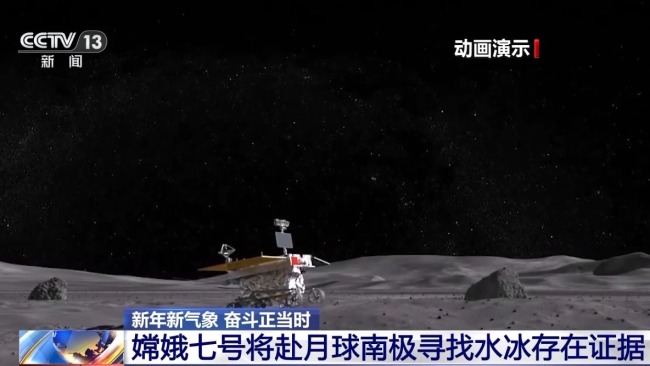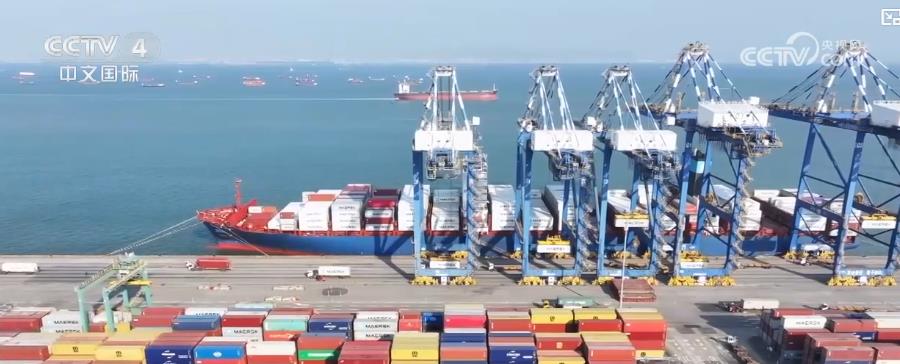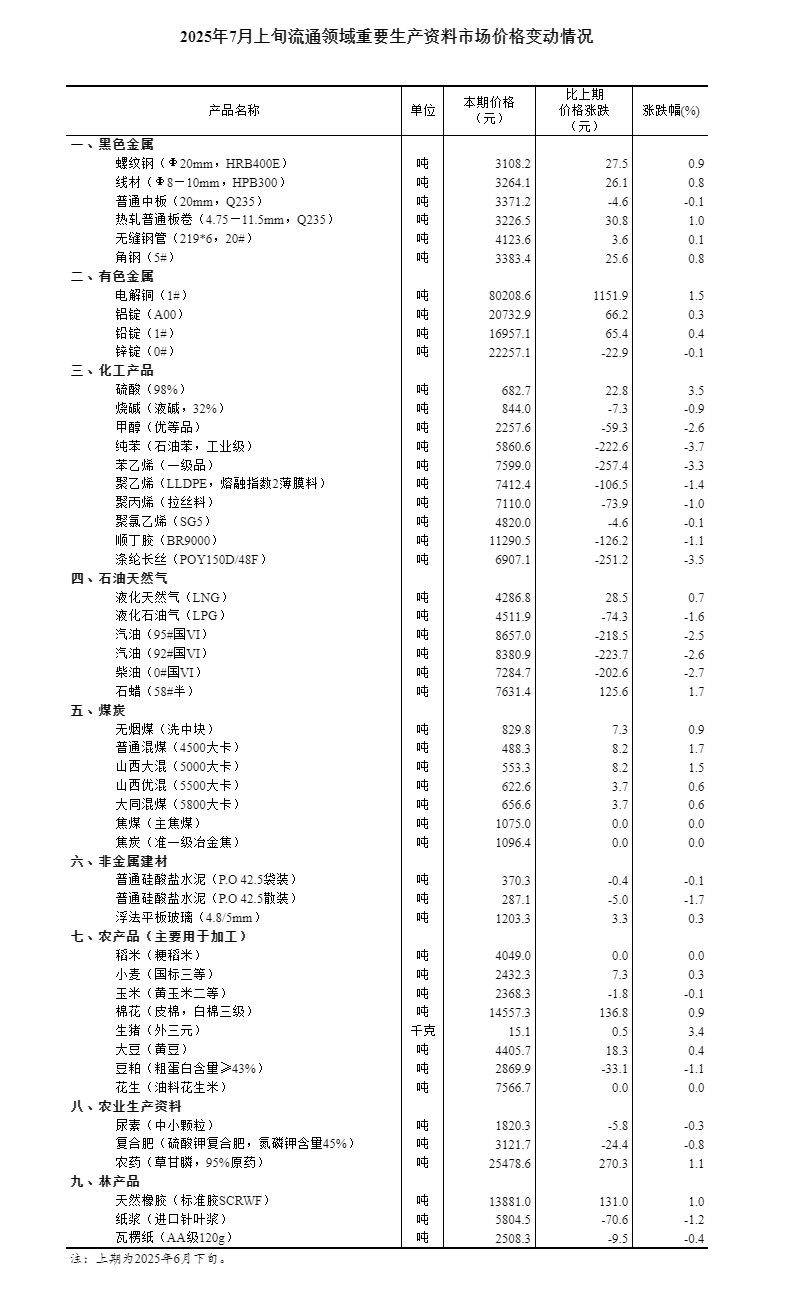In 2024, Chang'e-6 completed the feat of human beings' first sampling and return on the back of the moon. This year, the development of Chang'e-7 and Chang'e-8 will also be steadily promoted during the fourth phase of the lunar exploration.
In the Deep Space Exploration Laboratory, scientific researchers are jointly developing the Chang'e-7 science popularization payload in Beijing and Anhui. The creativity of this payload comes from elementary school students in Changsha. It will go to the south pole of the moon with the Chang'e-7 probe to try to use the interaction of electromagnetic fields to achieve the flag flying on the moon.
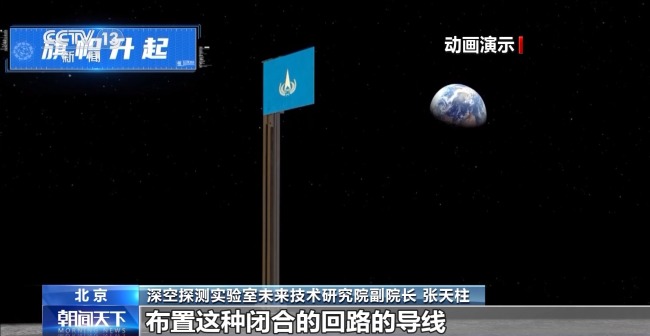
Zhang Tianzhu, deputy director of the Future Technology Research Institute of Deep Space Exploration Laboratory: We know that it is vacuum on the moon, and it has no atmosphere, so it is difficult to make the flag fly through the wind like on Earth. And what are the primary school students’ ideas? It is when we arrange the wires of this closed circuit on the surface of the flag, pass through the current in the forward and reverse directions of the two directions, and make the flag flutter through the interaction of the electromagnetic field.
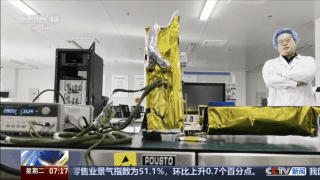
If the plan goes well, this will be the first flag floating on the surface of the moon. Zhang Tianzhu introduced that this method will help build young people's understanding and understanding of my country's aerospace industry, and stimulate their interest and enthusiasm in engaging in the aerospace industry in the future.
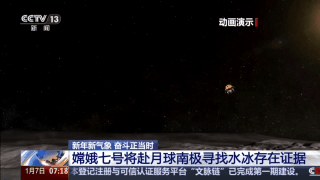
Chang'e-7 is scheduled to be launched in 2026 and will go to the South Pole of the Moon to look for evidence of the existence of water ice. In addition, scientific researchers are currently promoting the demonstration work of subsequent Chang'e-8 and the International Lunar Research Station.
